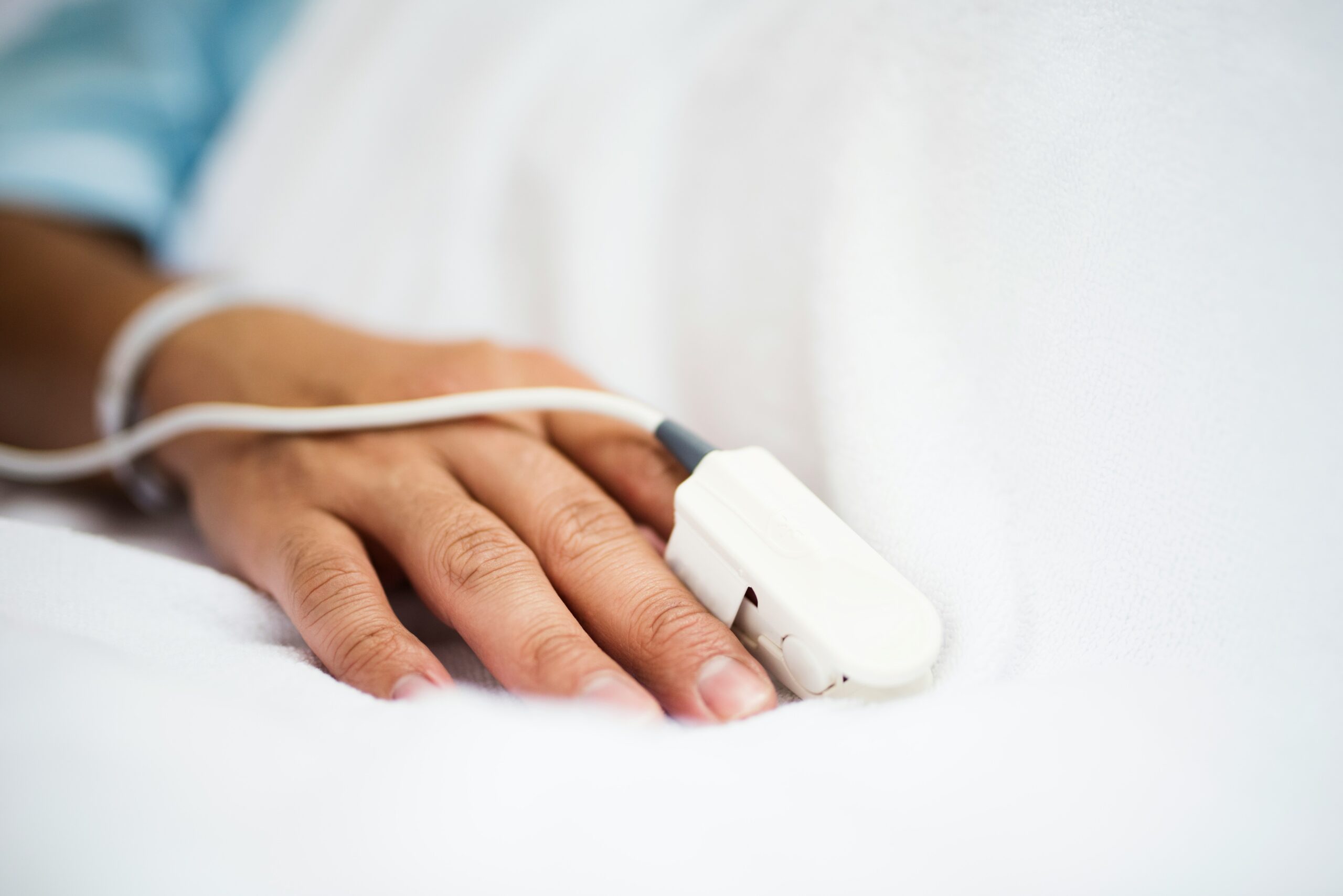Pulse oximeter Function, measuring method & areas of application
What is a Pulse oximeter?
A pulse oximeter is a medical measuring device for non-invasive monitoring of arterial oxygen saturation (SpO₂) and other vital parameters such as pulse rate (PR), perfusion index (Pi), pleth variability index (PVI) and respiratory rate (RRp). The measurement is carried out using sensors that are attached to the finger, earlobe or toe.
The devices use light at different wavelengths to analyze the absorption in the tissue and derive relevant values. This method is quick, painless and carries no risk of infection.
Pulse oximeters are now standard equipment in emergency services, clinics, care facilities and increasingly also in the private sector (homecare). They provide important information about the body’s oxygen supply and other cardiopulmonary parameters. In this article, we look at the technology behind the devices, their measurement methods, areas of application and the benefits they bring.
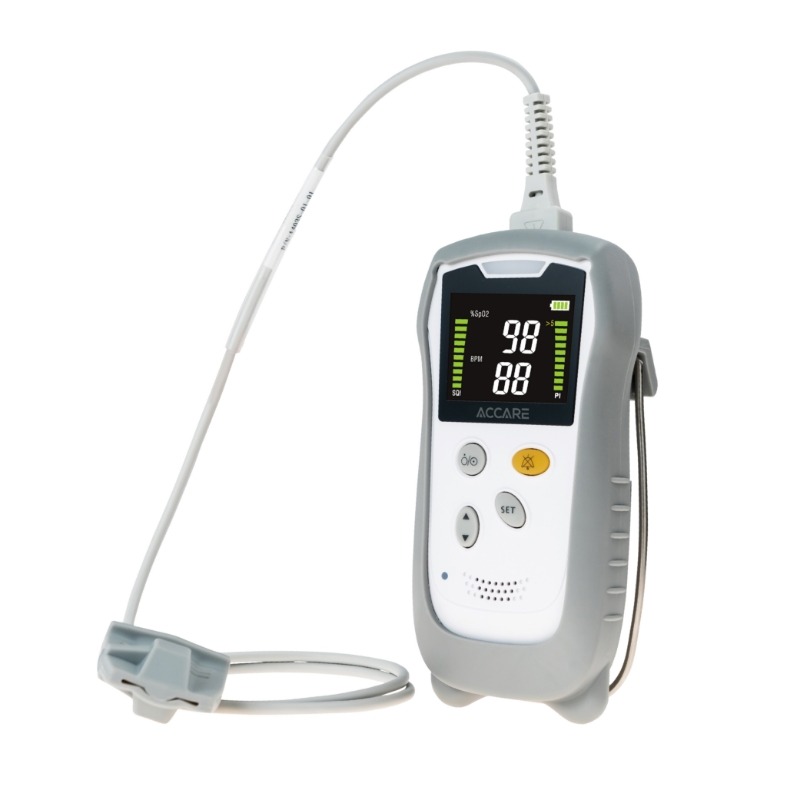
The most important Measuring method at a glance
Below we would like to give you a brief overview of the most important measurement methods.
Dual-channel pulse oximetry (classic)
This method uses two wavelengths of light – red (approx. 660 nm) and infrared (approx. 940 nm) – to determine the relative oxygen saturation in arterial blood. Oxyhaemoglobin and deoxyhaemoglobin absorb the light to different degrees. The sensor measures the periodic light absorption in time with the heartbeat and uses this to calculate the SpO₂.
Classic pulse oximetry is integrated in most portable pulse oximeters and provides a reliable assessment of the oxygen supply under normal conditions.
CO-Oximetry (multi-channel method)
CO-oximetry is an advanced measurement method that uses light with multiple wavelengths to differentiate between different types of hemoglobin:
COHb (carboxyhaemoglobin): Binds carbon monoxide. Critical in smoke inhalation.
MetHb (methemoglobin): Occurs in cases of poisoning or the effects of medication. Reduces oxygen transport.
Oxyhaemoglobin (O₂Hb) and deoxyhaemoglobin (HHb) are still measured, but displayed in a more differentiated way.
This procedure is mainly used in emergency medicine, in toxicological situations and in anesthesia.
Reflective vs. transmitting measurement
Transmitting sensors send light through a part of the body that is thinly translucent (e.g. finger, earlobe). The light absorption is measured on the opposite side.
Reflective sensors, on the other hand, analyze the reflected light, e.g. on the forehead or on the skin. This technique is particularly suitable in cases of poor peripheral circulation or in neonatology.
Additional parameters and their Meaning
What else can be measured and what do the individual parameters actually mean?
Pulse rate (PR)
The heart rate is determined via pulse-synchronized light absorption.
Normal value for adults: 60-100 bpm
Children: 80-130 bpm (depending on age) A very high or very low pulse can indicate circulatory problems, stress or cardiac arrhythmia.
Perfusion index (Pi)
The perfusion index describes the relative strength of the pulse at the measurement site. It helps to assess the local blood flow.
Normal: >1.0
Threshold: <0.5 may indicate vasoconstriction or hypovolemia
PVI (Pleth Variability Index)
PVI measures the variation in pulse wave amplitude during breathing and provides information on the patient’s volume status.
Higher PVI may indicate volume deficit or dehydration
Mainly used in anesthesia and intensive care medicine
Respiratory rate (RRp)
Some modern pulse oximeters calculate the respiratory rate using the plethysmographic curve.
Normal values adults: 12-20 breaths/min
Deviations may indicate metabolic, respiratory or neurological disorders
What types of Pulse oximeter is there?

Handheld pulse oximeter
Have remote sensors and extended functions such as alarm limits, data storage and multi-sensor technology. Ideal for hospitals, care and rescue services.
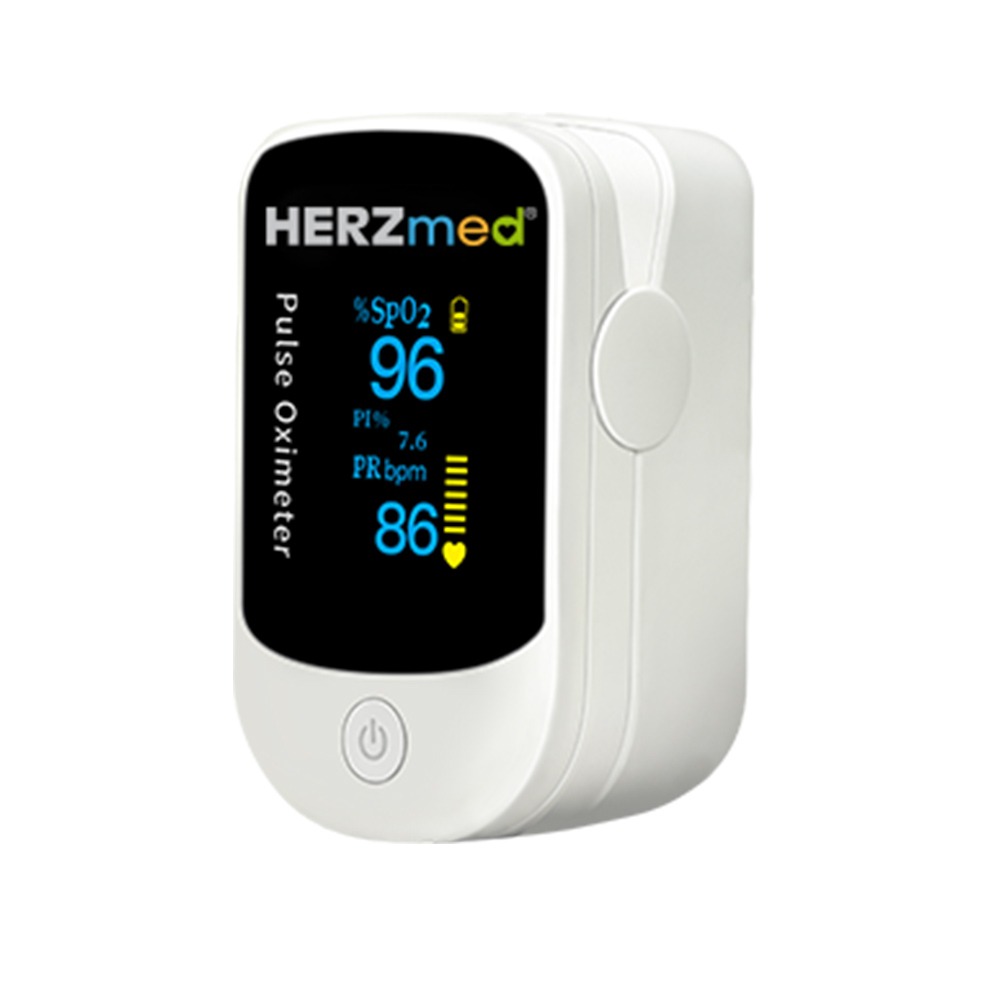
Finger pulse oximeter
Compact devices for home use. Quickly ready for use, but limited in accuracy and function.
Special systems
Devices for newborns, patients with restricted mobility or for sports medicine. Portable wearables with continuous transmission to smartphones or central databases are also becoming increasingly important.
Stationary monitors
Integrated into monitoring systems in the intensive care unit or operating theater. Often with CO-oximetry and ventilation interfaces.
Where are pulse oximeters used? Use?
Pulse oximeters are used in almost all areas of medicine. In the emergency services, they help with the initial assessment of respiratory distress, trauma or shock. In hospitals, they are used for continuous monitoring of high-risk patients.
In nursing, they are used to detect early warning signs of chronic diseases such as COPD or heart failure. In anesthesia, they ensure the oxygen supply under anesthesia.
Pulse oximeters also offer safety for patients in the home environment: in cases of long COVID, chronic bronchitis or for monitoring after infections.
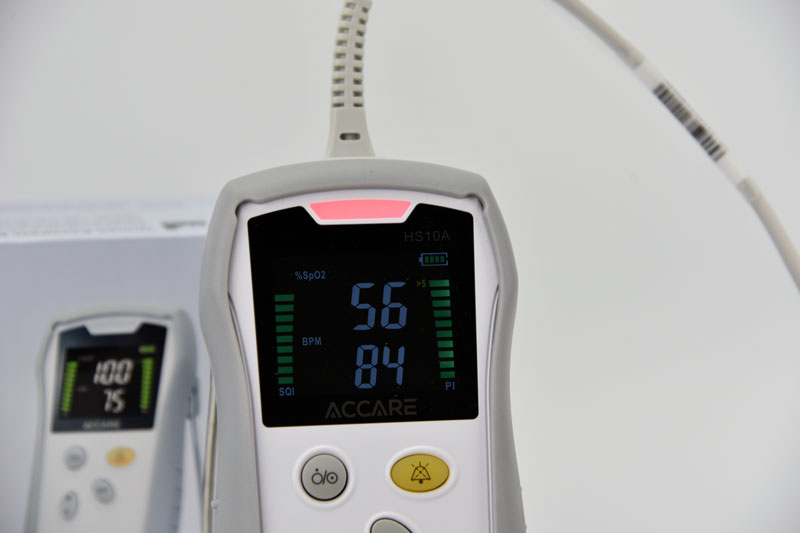
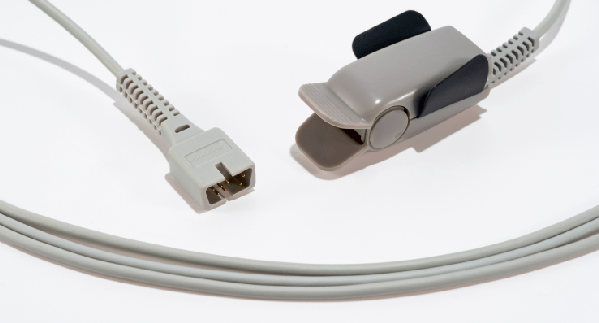
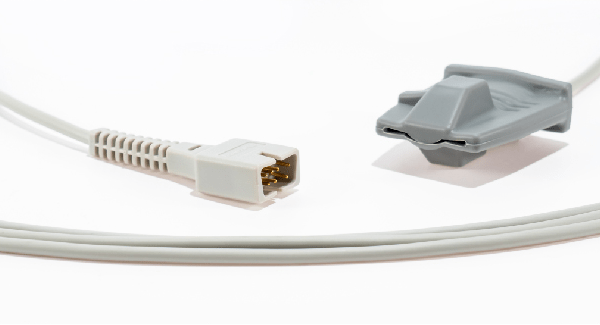
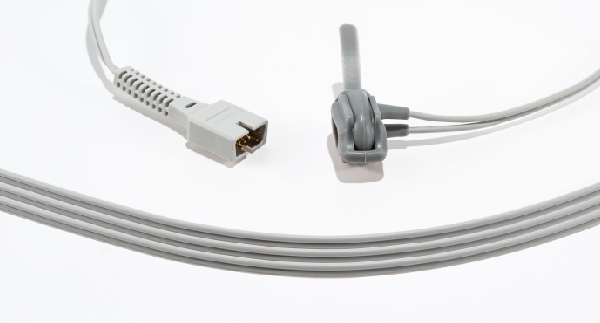
Available Accessories
The available accessories increase the usefulness and versatility of hand pulse oximeters many times over! Suitable accessories are for example
Sensors for different age groups and measurement locations (finger, ear, toe, forehead)
Adhesive sensors for neonates
Extension cables, adapters and chargers
Silicone protective covers with integrated stands
Software for data analysis and documentation
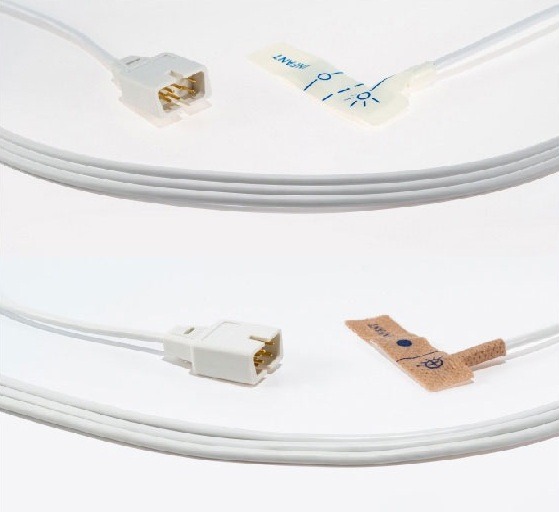
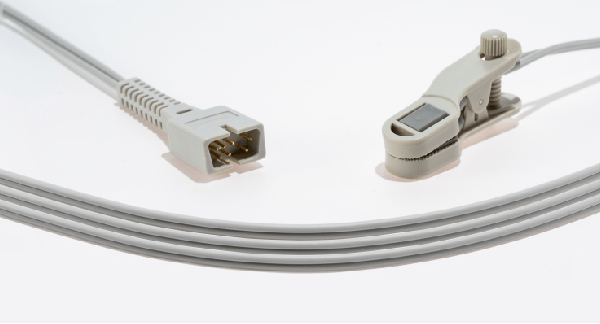
Advantages of pulse oximetry in Everyday life
Pulse oximeters provide continuous information on the state of health and can save lives if critical values are detected in good time. Their simple operation also makes them accessible to laypersons.
Professional devices offer additional safety functions such as acoustic alarm limits, trend displays or interfaces to documentation systems.
Pulse oximetry is also cost-effective, low-risk and can be used in almost any environment – from GP surgeries to mountain rescue operations.
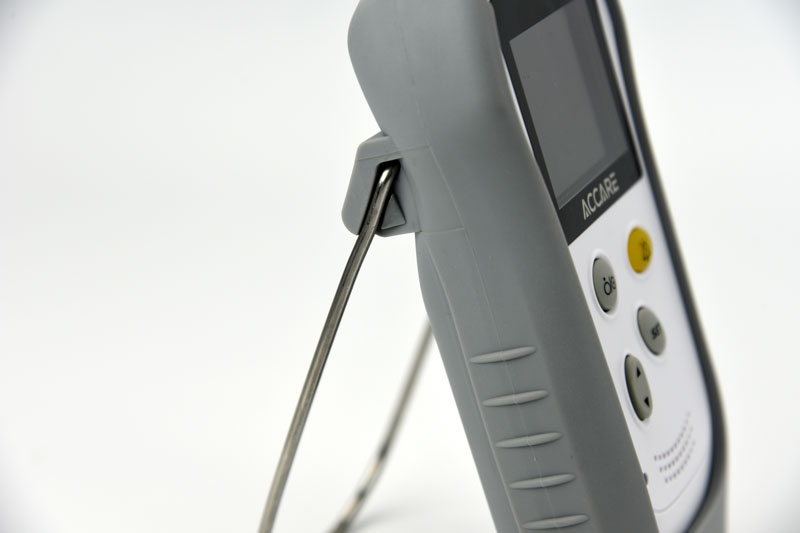
Pulse oximeters are...
… versatile, life-saving tools in modern medicine. They not only record SpO₂ and pulse rate, but increasingly also parameters such as PVI, Pi and RRp, which provide valuable information about the circulatory and respiratory status. Thanks to various measurement methods and designs, they can be individually adapted and widely used. Those who rely on high-quality devices and suitable sensor technology receive reliable data for well-founded decisions in everyday clinical practice and preclinical care.
